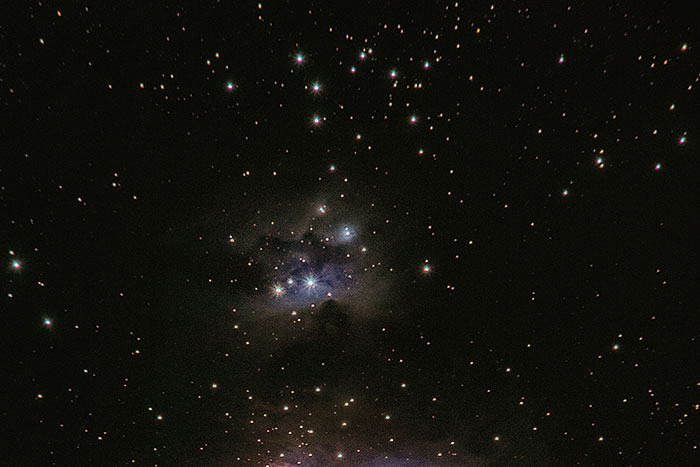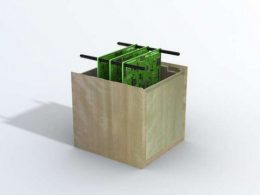In what would serve as a historic moment for NASA, its OSIRIS-Rex spacecraft had collected samples of the asteroid Bennu. However, the almost successful mission came with some drawbacks when some of these samples started leaking into space.
According to Dante Lauretta, the principal investigator of OSIRI-Rex at the University of Arizona in Tucson, the large particles which had left the flap open were leaking into space. Although they weren’t going moving out rapidly, a large chunk of scientific materials had been lost.
When the team analyzed the spacecraft on Thursday, it confirmed that the collector’s head retrieved a large sample. However, the samples were so much so that the flap of the spacecraft, designed to keep the materials inside, was jammed. This mechanical fault allowed a good size of the particles to leak into space, CNN reports.
In a slight turn of events, the mission team said it was changing the itinerary planned for the spacecraft this weekend. Therefore, it is planning to store away as many samples as is possible quickly to prevent the loss of substantial materials. The researchers estimate that it is losing between 5 to 10 grams of material. The loose material can be found floating around the head. However, the team is not yet sure about the actual rate of loss.
The current mission was established to collect at least 2 ounces or 60 grams of samples from the asteroid’s surface. However, based on the images analyzed, the researchers are confident that the spacecraft’s collector head actually retrieved more than 400 grams of materials. And yet, that’s only what they can see – there could be more.
Due to small gaps at the lid opened by large rocks, particles are escaping out of the spacecraft. This could cause substantial samples loss due to a line of activities planned for the spacecraft.
The team won’t be able to access the level of samples lost until the spacecraft is back to Earth in 2023. However, the team is optimistic a large chunk of samples will be brought back.
“We are working to keep up with our own success here, and my job is to safely return as large a sample of Bennu as possible,” Lauretta said. “The loss of mass is of concern to me, so I’m strongly encouraging the team to stow this precious sample as quickly as possible.”
The team will be involved through rounds of evaluations to ensure the sample head could be preserved by Tuesday to prevent further loss of materials and safely return the cargo back to Earth.
Lauretta said the sample head was full because of a lot of unexpected events that happened. She made a rundown of how events played out, including how the collector’s head made a direct contact during Tuesday’s event and how the head touched down and sank 5 centimeters into the asteroid’s surface. Again, she explained that the pressurized nitrogen gas bottle fired, sinking the head a further 24 to 48 centimeters into the asteroid’s surface.
Then she explained how the team encountered a challenge with the flaps refusing to shut. She said this was one challenge the team was prepared to face. Thomas Zurbuchen, NASA’s associate administrator, extolled the achievements of the team and said that it was time to move quickly to stow the sample.
The team said the spacecraft is in good shape and is expected to begin its journey back to earth by March 2021.
Source: foxnews.com









